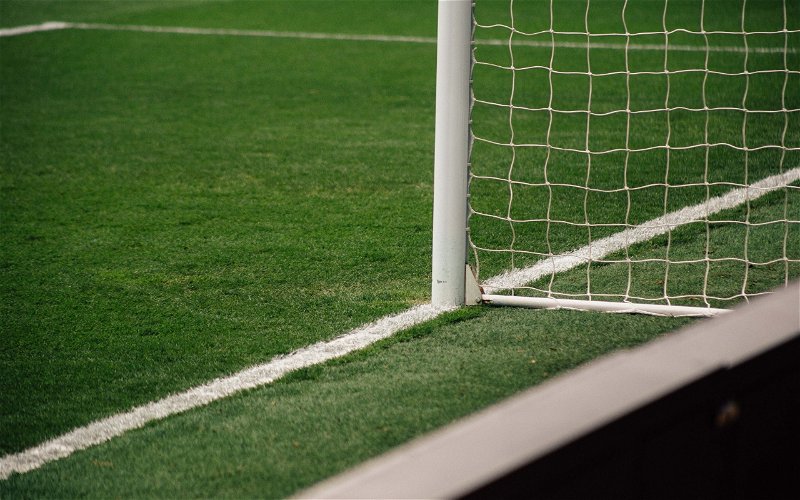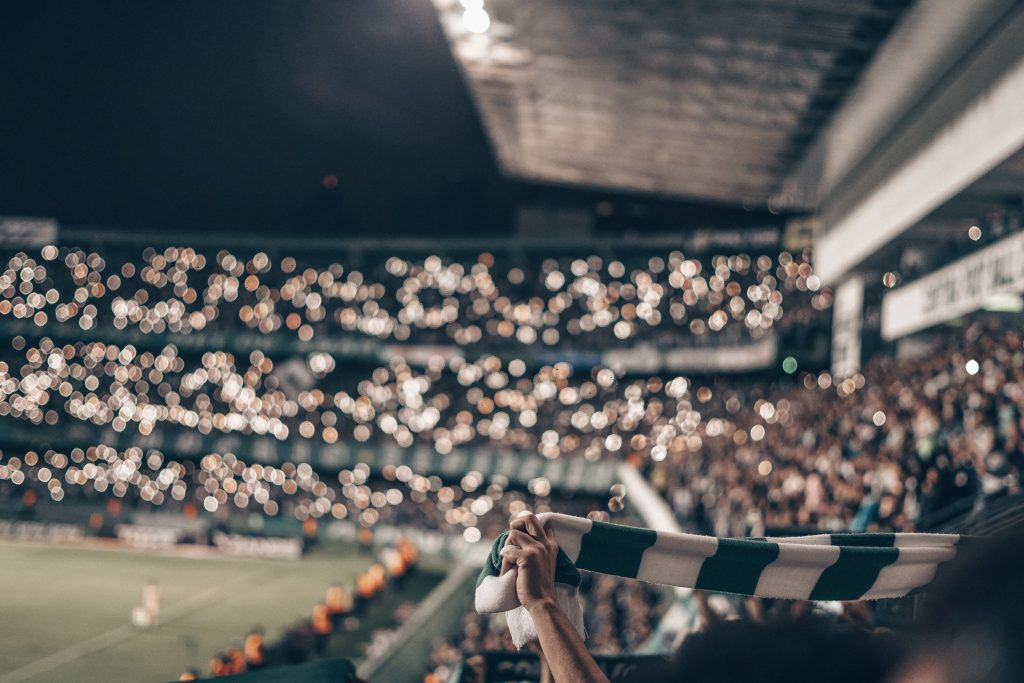Standing as one of Scotland’s most famous and successful football clubs, the progress of Celtic is closely associated with the development of television broadcasts. Celtic football and television have been inextricably linked. Their bond has seen joy and sorrow in almost equal measure, influencing the ways viewers enjoy the two-hour spectacle of The Beautiful Game. In this exploration, we will be following Celtic Football Club from TV to antenna, peer and plasma screens, sponsorship logos and goal games, and its effect on fans.
Early Days: The Emergence of Television Broadcasts
The earliest days of Celtic football coincided with the infancy of television broadcasts. As the club was founded in 1887, it would take several decades for television to become a mainstream medium. It wasn’t until the mid-20th century that television sets found their way into households across the United Kingdom, allowing fans to witness the magic of Celtic on their screens.
Celtic and the television realm experienced a notable transformation in the 1960s. Celtic’s victory in the 1967 European Cup, specifically, propelled them into the spotlight. This momentous event in Lisbon not only defined Celtic but also reshaped the relationship between football and television. Millions of viewers eagerly watched as Celtic showcased their skills against Inter Milan, boosting their global reputation.
You can trace the history of the formation of Celtic football on your TV. There are web archives that store recordings of key football matches. However, to access them you will need a VPN service for Fire TV Stick or Apple TV, depending on the device available to you. It could be VeePN, which will also allow you to unblock games in real-time.
The 1980s: Pinnacle of Domestic Dominance
Television technology advancements paralleled the increasing exposure of Celtic football. Domestically, the club maintained its dominance during the 1980s, clinching numerous league titles and cup victories. The triumphs were brought to fervent fans, who couldn’t attend the games, through crucial television broadcasts. The screens in living rooms across the nation were filled with vibrant green and white hoops, becoming an unmistakable sight.
During this era, Celtic’s rivalry with arch-enemies Rangers escalated, giving rise to the intense and passionate competition called the Old Firm. Through television broadcasts, the fierceness of these clashes entered households, turning the Old Firm encounters into captivating events.
Globalization and the 1990s
During the 1990s, football became globalized — it was television that took Celtic beyond Scotland. Large numbers watched the English Premier League, and a solid global audience was won by Celtic’s history, players, and numerous passionate fans.
21st Century Dynamics
The dawn of the 21st century witnessed a digital revolution that transformed the landscape of television broadcasts. Streaming services, online platforms, and interactive content changed the way fans consumed football. Celtic Football Club, recognizing the shift in dynamics, embraced digital platforms to connect with its fan base.
Live streaming of matches, exclusive behind-the-scenes content, and interactive fan engagement became integral components of Celtic’s digital presence. Television, once confined to traditional broadcasts, now extended to smartphones, tablets, and smart TVs, providing fans with unprecedented access to Celtic’s world. This evolution allowed supporters to stay connected in real time, regardless of their physical location.
Triumphs and Tragedies: A Rollercoaster of Emotions
The history of Celtic football on television is not just a chronicle of victories and championships; it is also a narrative of tragedies and setbacks. Memorable moments on the pitch, such as Henrik Larsson’s goal-scoring exploits and the club’s domestic treble in 2001, were etched into the memories of fans through the lens of television cameras. However, the tragedy struck on a somber day in 2012 when Celtic lost one of its rising stars, Liam Miller, to cancer.
The Modern Landscape: High-Definition Glory
High-definition broadcasts, ultra-high-definition displays, and immersive sound systems bring the vibrant atmosphere of Celtic Park directly into living rooms, with unprecedented clarity. Now, fans can witness every kick, save, and goal, experiencing the utmost level of detail that was once deemed unimaginable.
More importantly, then, we need to consider the arrival of Virtual Reality (VR) and Augmented Reality (AR) as phenomena in those disciples of Celtic football fan engagement. And know what? Virtual stadium tours, interactive match simulations, and augmented reality content have added new dimensions to experiences for fans. Tv broadcasts are now the most immersive and interactive spectacle of all time.
Conclusion
The history of Celtic football on television is a captivating journey through time, reflecting the evolution of technology, the globalization of the beautiful game, and the enduring passion of fans. From the early days of black-and-white broadcasts to the high-definition glory of the modern era, television has been a constant companion for Celtic supporters around the world.
Triumphs and tragedies, Old Firm rivalries and global expansion, the digital revolution, and the advent of cutting-edge broadcast technologies—all these elements contribute to the intricate tapestry that is the history of Celtic football on television.

